Many of the fascinating discoveries by people interested to learn what life was like back in the day leave us speechless.
Now if you believe the pyramids of Egypt hold secrets, take a look at this perfectly preserved city which was accidentally revealed in 1850 after a storm swept across the Orkney Islands. The place was hidden under the ground for so long, but now people can see it and enjoy its unique structure.
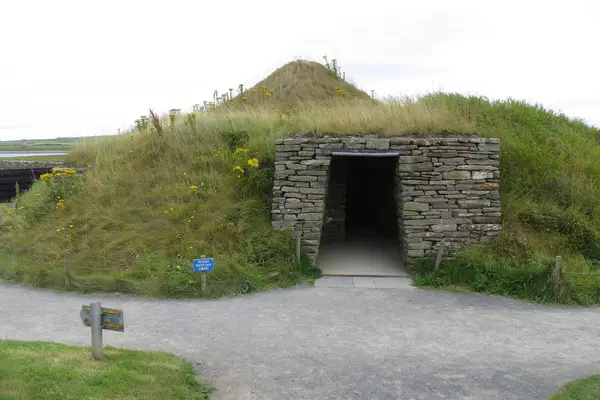
The settlement, called Skara Brae, was discovered by the farmers who were shocked at what came from under the ground as a result of the storm that caused devastation and killed around 200 people.
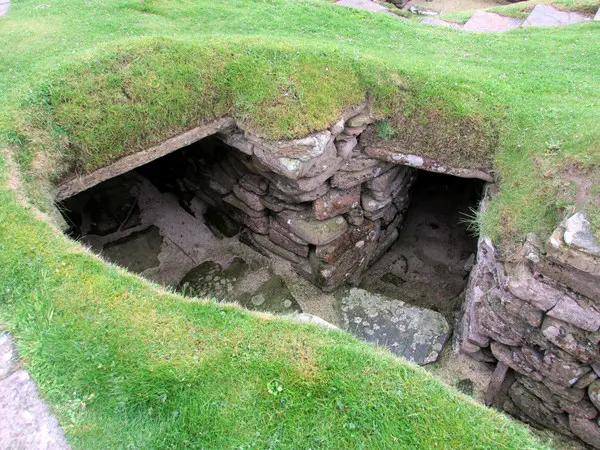
What resembles an entrance made out of rocks leads to eight stone houses historians believe were inhabited between 3180 and 2500 BC which makes Skara Brae, or the Scottish Pompeii, one of the oldest agricultural villages in Britain. It has gained UNESCO World Heritage Site status as one of four sites making up “The Heart of Neolithic Orkney.”
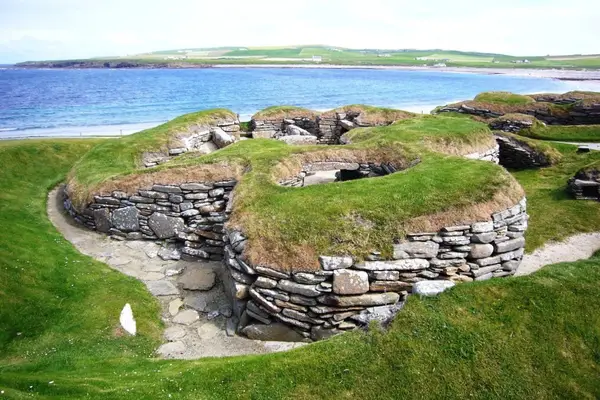
It is estimated that this magnificent place had been the home of around 50 to 100 people who were probably forced to abandon it because of a storm. The settlement was gradually covered by a drifting wall of sand that hid it from sight for over 40 centuries.
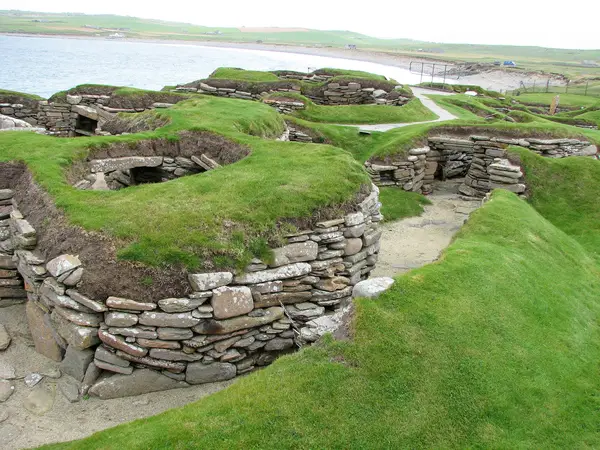
In each of the houses, there is furniture which is also preserved. Among the rest, there are lockers, bureaus, seats and waterproof storage boxes. Some believe the people living there kept live seafood inside those storage boxes to consume it later. One of the houses, in which there is no furniture, is believed to had served as a workshop. What is fascinating is that the settlement has a sewage system with tiny toilets in each of the houses.
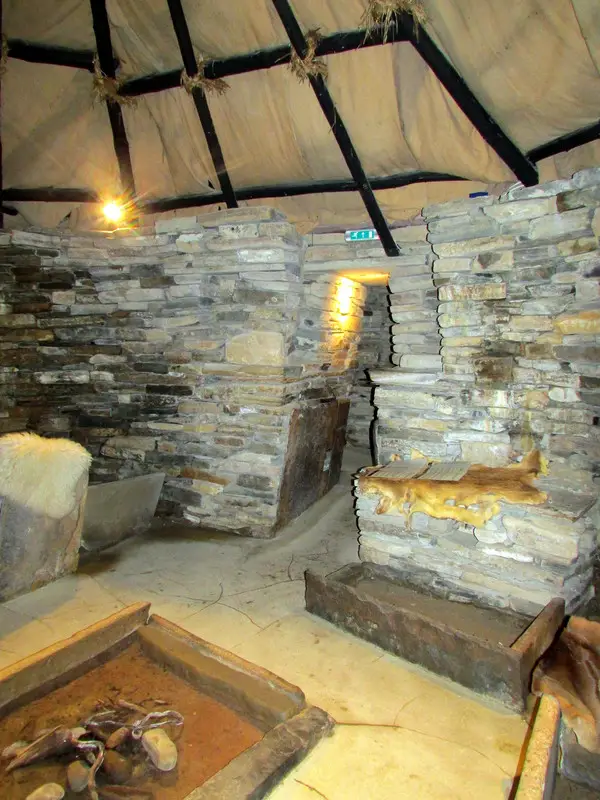
Many of the findings leave archaeologists puzzled, like this carved stone ball on the photo below.
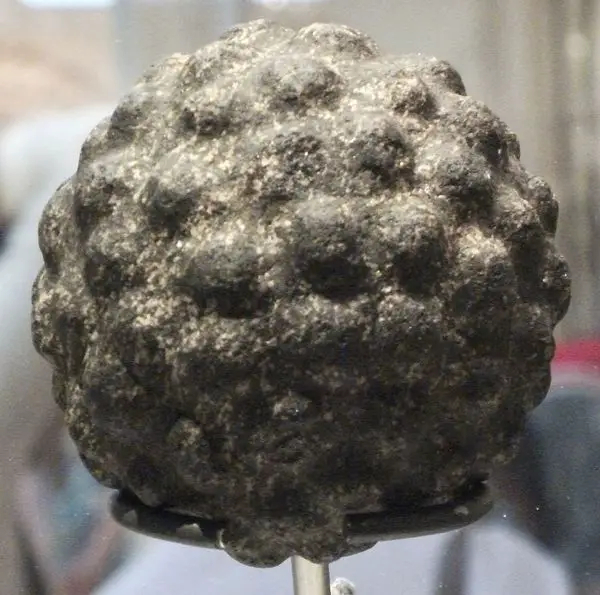
In hopes of protecting Skara Brae and keeping it as it is, a concrete wall has been built around the houses by the Scotland’s government as the sea waters pose a serious threat to it along with the number of tourists eager to visit the prehistoric place.
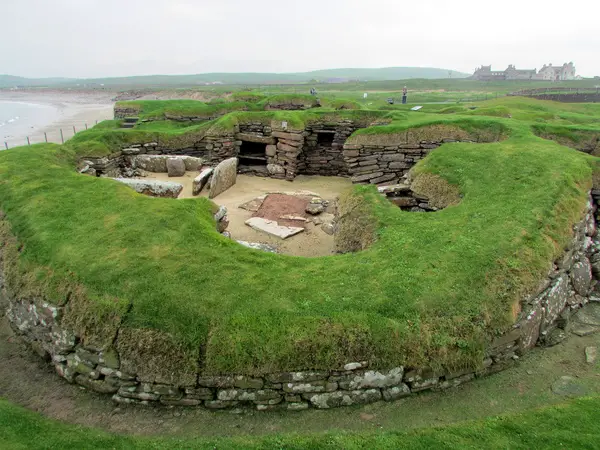
Skara Brae is a fascinating piece of humans’ history and we should do all to protect such places from destruction.
